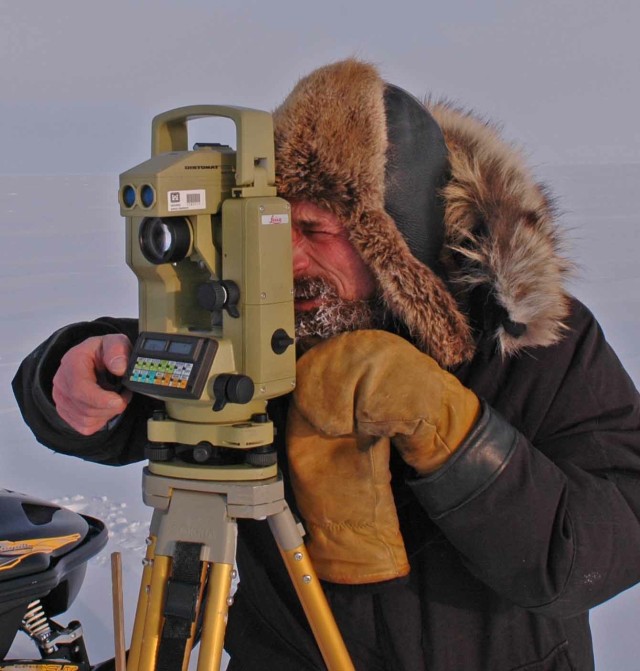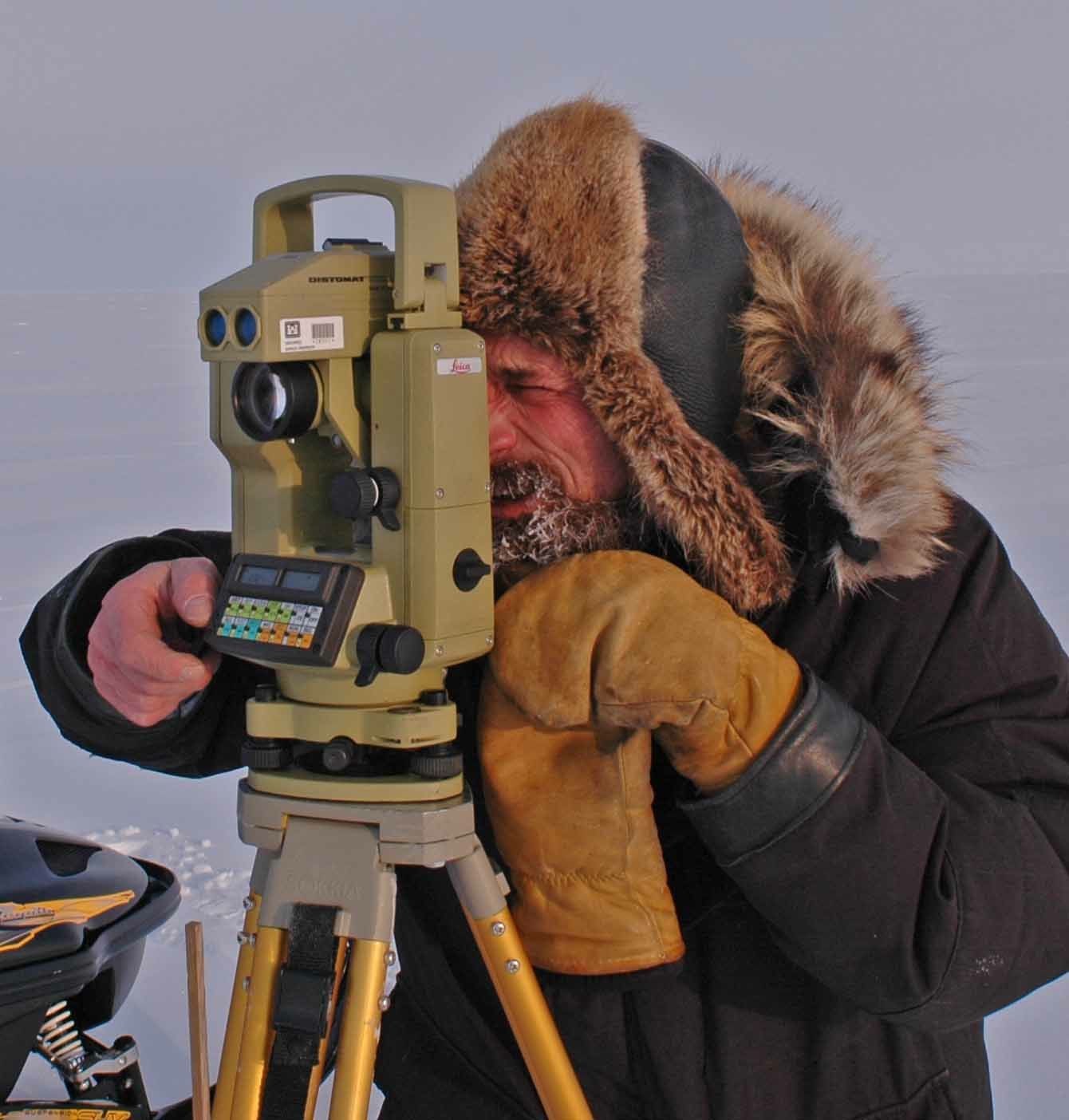FORT WAINWRIGHT, Alaska - Dr. Matthew Sturm, a scientist and researcher with the Fort Wainwright Cold Regions Research and Engineering Laboratory, Army Corps of Engineers, has been published as first or second author on more than 100 scientific articles about snow or climate change.
In 2007 he took a different approach and decided to write a children's book entitled Apun-The Arctic Snow. Apun is the Inupiaq word meaning snow cover.
Inupiaq is the language of the Inuit Eskimos who reside on the North Slope. There are about 70 words for snow in the Inupiaq language, "depending on how you count and what rules you use," Sturm said. "There are neither a thousand or just a few. The key point is that it is an extremely rich language, because these words have a lot of subtlety in their meanings." Sturm is not just a scientist and researcher, but an amateur linguist who worked with Native elders when writing the book. "Only about 40 of the words for snow were used in the book," he said.
"I've always loved kid's books," Sturm said. He read aloud to his now-grown children Skye and Eli, and his wife Betsy is a second grade teacher at Weller Elementary School. Sturm said children's literature is part of his life.
Sturm wrote the book to do something different from what he does for work. He did it for fun and hopes it will reach people who probably wouldn't read what he writes as part of his job. "I am most pleased by the kid's book, you reach a lot of people that way,"
He explained that "there is a long history of peoples' interest in snowflakes, less about what has fallen on the ground."
Sturm wrote a teacher's guide to accompany the children's book after its completion. He said he realized that "a teacher reading this won't understand all of the science behind it. Teachers are just as uncertain about snow as their students. If you really want kids to learn about snow or use it to learn science, teachers have to feel comfortable."
As part of Sturm's mission to help kids and teachers to learn more about snow he has been doing "retreats, the equivalent of in-service days, where I go with teachers and show them how to use snow in their classrooms."
Both books were published in 2009. The children's book started with the illustrations which were done by Sturm. Then he thought "maybe I will do something with the pictures." He says he is not a trained artist, but has always enjoyed drawing.
Sturm was raised in New Mexico and first came to Alaska in 1972 as a member of the Coast Guard. He came to live in Fairbanks in 1980 when he was in graduate school at the University of Alaska studying snow. "I always liked winter," Sturm said. He saw a lot of snow and ice when sailing on ice breakers while in the coast guard, traveling the Arctic and Antarctic. "Snow and ice just becomes part of your life."
Sturm is working on another book, tentatively titled "21 Science Activities You Can Do with Snow," an activity book for teachers to use in their classrooms, something teachers have told him they need.
Sturm said he also wrote a book "Finding the Arctic" a 14-chapter book that is currently being edited and is loosely based on his 2007 snowmachine trip that covered Alaska and Arctic Canada.
The book is also a "discussion on the history and culture and changes that have taken place in the Arctic the last couple of hundred years."
"I didn't know if I could write a book," said Sturm. "I had written lots and lots of articles, but did not know if I could do a chapter book. I don't know if I have any more books in me or not."


Social Sharing